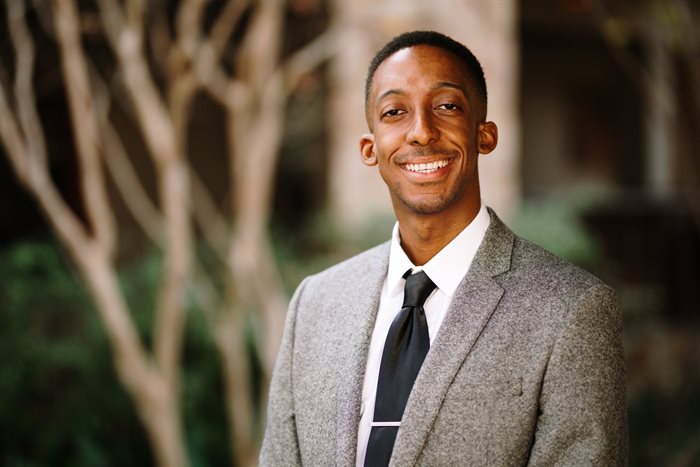Youth Day in South Africa is a time when we reflect on how far we've come as a country and the challenges we face.

Keketso Motjuwadi, sustainability lead for Royal HaskoningDHV
There’s no doubt that there have been big advances in South Africa. At the dawn of democracy in 1994, 58% of public-school learners in Grade 12 passed matric, while in 2021 that figure was 76.4%.
But at the same time, we face record-high unemployment, officially standing at 35%. Youth unemployment is even higher, at over 60%, according to Stats SA.
Addressing this challenge requires a multi-stakeholder approach. One way that we can make a big difference is by encouraging more youth to enter the engineering field which has a constant need for more professionals who can help build the infrastructure that our economy so desperately needs.
Encouraging more youth to pursue careers in engineering has been an ongoing challenge. However, engineering is evolving rapidly.
If you’re a young South African who is thinking about entering the engineering space, here is some insight into how this field is adapting and changing.
Better communication
Structural, mechanical, civil, and electrical engineers can no longer work in siloes — especially when it comes to the respective datapoints they work with on a day-to-day basis.
Helping ordinary people understand an engineer’s expertise requires communicating complex ideas clearly and creatively.
Engineers need to tell stories that bring to life, for example, the planning and building of a bridge. In today’s world, this requires communicating how a bridge can be equipped with sensors to help improve traffic flow, and benefit the communities around them.
Engineers are increasingly required to communicate and illustrate the bigger picture of the projects that they are working on so that they can get buy-in from society at large.
Design thinking
Engineers are designers by definition. But there is a push to think more deeply about design, especially with a growing body of research available on the implications of the built environment.
Psychologists have researched how sound and light impact productivity, which has obvious implications in building design.
Going forward, engineers are increasingly expected to be more creative and open to non-traditional influences, such as psychology, on their thought processes.
Design thinking skills will increasingly be used by engineers to understand users, challenge assumptions, redefine problems, and create innovative, testable solutions.
In an environment such as South Africa, this further includes using design thinking to help build a better and more equitable society. Our future engineers will need to think of creative solutions that, for example, break the hold that apartheid planning and development continues to have on our society.
Digitally savvy
Technology, such as digital twins, holds the key to solving many infrastructure challenges in South Africa.
A digital twin is a digital replica of physical assets, such as buildings or water pipe networks. By sharing data between the virtual and real-world environment, municipalities, city planners, and private companies can pre-empt issues through proactive maintenance.
Digital twins can further be used to create hypothetical scenarios and test different solutions. It helps us to make accurate, fact-based decisions while measuring the environmental, social, and political impact of projects.
In the past, many engineers shied away from technologies such as digital twins, or even other solutions such as automation, 3D printing, augmented reality, and virtual reality.
Increasingly, engineers will have to embrace these technologies as part of their daily lives.
Taking stock of all these above-mentioned points, it’s clear that the field of engineering is changing rapidly with it becoming a multidimensional occupation.
This has the potential to open up this field to many more young South Africans and could be to great benefit to our country’s development.
If we are to move forward as a nation and develop, we’ll need as many innovative engineers as we can produce.
































